
Stephen John Ditko was an American comics artist and writer best known for being co-creator of Marvel superhero Spider-Man and creator of Doctor Strange. He also made notable contributions to the character of Iron Man with the character's iconic red and yellow design being revolutionized by Ditko.
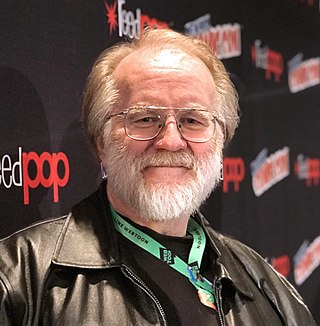
John Lindley Byrne is a British-born American writer and artist of superhero comics. Since the mid-1970s, Byrne has worked on many major superheroes; with noted work on Marvel Comics' X-Men, She-Hulk and Fantastic Four. Byrne also facilitated the 1986 relaunch of DC Comics' Superman franchise, the first issue of which featured comics' first variant cover. Coming into the comics profession as penciller, inker, letterer and writer on his earliest work, Byrne began co-plotting the X-Men comics during his tenure on them, and launched his writing career in earnest with Fantastic Four. During the 1990s he produced a number of creator-owned works, including Next Men and Danger Unlimited. He scripted the first issues of Mike Mignola's Hellboy series and produced a number of Star Trek comics for IDW Publishing. In 2015, Byrne and his X-Men collaborator Chris Claremont were entered into the Will Eisner Award Hall of Fame.
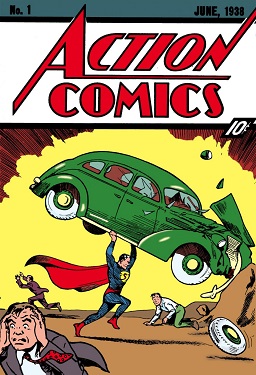
Action Comics is an American comic book/magazine series that introduced Superman, one of the first major superhero characters. The publisher was originally known as National Allied Publications, and later as National Comics Publications and as National Periodical Publications, before taking on its current name of DC Comics. Its original incarnation ran from 1938 to 2011 and stands as one of the longest-running comic books with consecutively numbered issues. The second volume of Action Comics beginning with issue #1 ran from 2011 to 2016. Action Comics returned to its original numbering beginning with issue #957.
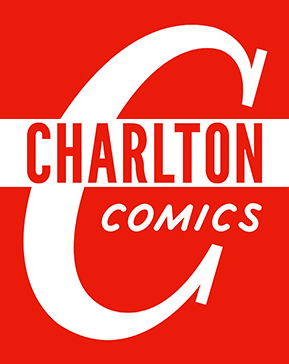
Charlton Comics was an American comic book publishing company that existed from 1945 to 1986, having begun under a different name: T.W.O. Charles Company, in 1940. It was based in Derby, Connecticut. The comic-book line was a division of Charlton Publications, which published magazines, puzzle books and, briefly, books. It had its own distribution company.
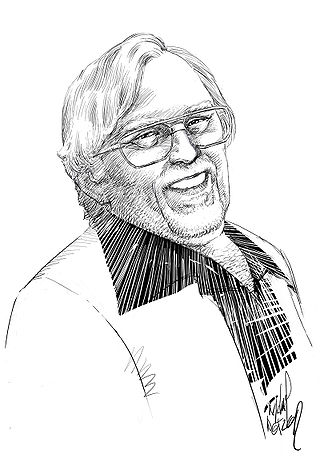
Richard Joseph Giordano was an American comics artist and editor whose career included introducing Charlton Comics' "Action Heroes" stable of superheroes and serving as executive editor of DC Comics.
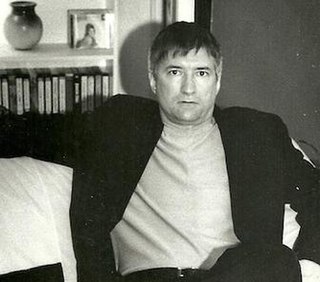
Roger Allen Slifer was an American comic book writer, screenwriter, and television producer who co-created the character Lobo for DC Comics. Among the many comic-book series for which he wrote was DC's Omega Men for a run in the 1980s.
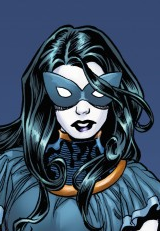
Nightshade is a fictional character, a comic book superhero published by DC Comics. Created by David Kaler and Steve Ditko, the character first appeared in Captain Atom #82 originally published by Charlton Comics.

"The Death of Superman" is a crossover story event featured in DC Comics' Superman-related publications. The crossover, which originated from editor Mike Carlin and writers Dan Jurgens, Roger Stern, Louise Simonson, Jerry Ordway, and Karl Kesel, began in December 1992 and lasted until October 1993. It was published in Superman, Action Comics, The Adventures of Superman, Superman: The Man of Steel, Justice League America, and Green Lantern. Since its initial publication, "The Death of Superman" has been reprinted in various formats and editions.

Roger Stern is an American comic book author and novelist.

Bob Layton is an American comic book artist, writer, and editor. He is best known for his work on Marvel Comics titles such as Iron Man and Hercules, and for co-founding Valiant Comics with Jim Shooter.

witzend, published on an irregular schedule spanning decades, is an underground comic showcasing contributions by comic book professionals, leading illustrators and new artists. witzend was launched in 1966 by the writer-artist Wallace Wood, who handed the reins to Bill Pearson from 1968 to 1985. The title was printed in lower-case.

Charlton Bullseye is a Charlton Comics showcase comic book series that was published from June 1981 through December 1982. Several new stories using Charlton's "Action Heroes" appeared, before they were sold to DC Comics in 1983. After the cancellation of Charlton Bullseye, stories intended for the title were published in Scary Tales #36–40, which explains the superhero story "Mr. Jigsaw" in issue #38 and "Dragon Force" in issue #40. Several other unpublished stories for the title were published by AC Comics.

E-Man is a comic-book character, a superhero created by writer Nicola Cuti and artist Joe Staton for the American company Charlton Comics in 1973. Although the character's original series was short-lived, the lightly humorous hero has become a cult classic occasionally revived by different independent comics publishers. The character was originally owned by Charlton but was eventually transferred to its creators.

Rog-2000 is a fictional robot that was the first professional creation of comic book artist-writer John Byrne. Rog-2000 serves as the mascot of Byrne Robotics.

Joseph P. Gill was an American magazine writer and highly prolific comic book scripter. Most of his work was for Charlton Comics, where he co-created the superheroes Captain Atom, Peacemaker, and Judomaster, among others. Comics historians consider Gill a top contender as the comic-book field's most prolific writer. Per historian and columnist Mark Evanier, Gill "wrote a staggering number of comics. There are a half-dozen guys in his category. If someone came back and said he was the most prolific ever, no one would be surprised."

Heroes, Inc. Presents Cannon is a two-issue comic book series that represents one of the earliest independent comics. The first issue was self-published by prominent writer-artist Wally Wood in 1969, with a second issue published by CPL Gang Publications in 1976.

Doomsday + 1 was an American post-apocalyptic comic-book series published by Charlton Comics in the 1970s.
Notable events of 1967 in comics. See also List of years in comics.
The CPL Gang was a group of comic book enthusiasts who published a number of fanzines in the mid-1970s, including Contemporary Pictorial Literature (CPL) and Charlton Bullseye. Founded by Roger Stern and Bob Layton, the CPL Gang eventually included Roger Slifer, Duffy Vohland, Tony Isabella, Don Maitz, Michael Uslan, Steven Grant, and John Byrne, all of whom later became comics professionals.

The Amazing World of DC Comics was DC Comics' self-produced fan magazine of the mid-1970s. Running 17 issues, the fanzine featured DC characters and their creators, and was exclusively available through mail order. Primarily text articles, with occasional strips and comics features, Amazing World offered a great deal of insight into Bronze Age DC corporate and creative culture.


















